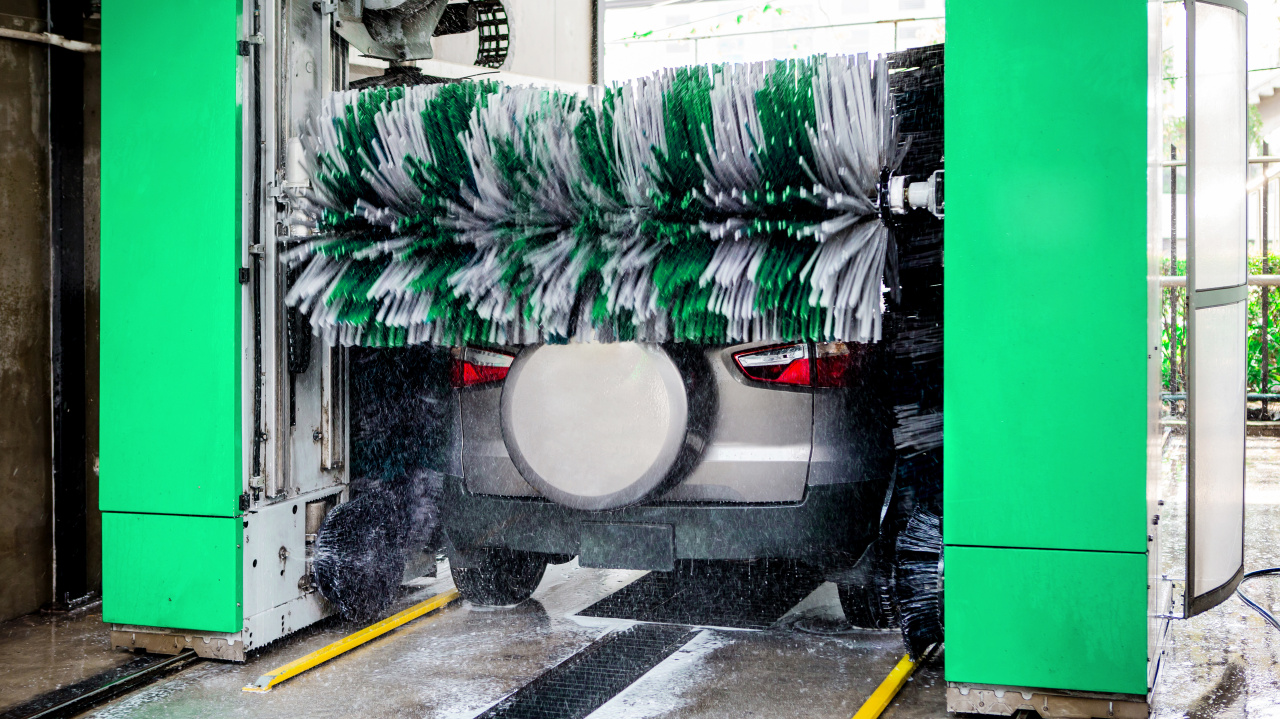Pay-per-Use Equipment Finance, in the evolving landscape of manufacturing finance is gaining momentum as a revolutionary factor that transforms conventional models and provides companies with unimaginable flexibility. Linxfour is at the forefront of this revolution, leverages Industrial IoT to bring a new era of finance that benefits both the equipment owners and manufacturers. We Delves into the intricacies of Pay per Use financing, its impact on sales in difficult circumstances and how it changes accounting practices, shifting from CAPEX to OPEX which allows for the elimination of the balance sheet treatment that is required as per IFRS16.
The Power of Pay-perUse Financing
Pay-per-use financing is fundamentally an innovation for manufacturers. Instead of fixed, rigid payments, businesses pay based on the actual usage of their equipment. Linxfour’s Industrial IoT integrate ensures accurate usage tracking and provides transparency. This helps eliminate hidden penalties or costs if equipment is not utilized to its maximum. This groundbreaking approach increases the flexibility of cash flow management especially during times of fluctuating customer demand and low revenues.
Effects on Business and Sales Conditions
The overwhelming majority of equipment makers is proof of the value of financing through Pay-per Use. Even in tough economic times 94% of equipment makers believe this model will boost sales. The ability to integrate costs directly with the use of equipment not only attracts businesses looking to reduce spending, but also creates a win-win scenario for the manufacturer, who is able to provide better financing options to their clients.
Accounting Transformation: Shifting from CAPEX To OPEX
One of the main differences in traditional leasing and Pay-per Use financing is in the accounting aspect. With Pay per Use, companies undergo a radical change by shifting their focus from capital expenditures (CAPEX) to operating expenses (OPEX). This change has profound consequences for financial reporting offering a more accurate representation of costs associated with revenue generation.
Unlocking Off-Balance Sheet Treatment under IFRS16
Pay-per-Use finance has an advantage over traditional financing in that it permits an off-balance sheet treatment. This is a key aspect of International Financial Reporting Standard 16(IFRS16). Businesses can eliminate these liabilities through the conversion of equipment financing costs. This strategy not only lowers financial risk, it also reduces the hurdles to investing. This is an extremely attractive proposition for businesses looking to create a more flexible financial structure.
Ensuring KPIs and TCO in the event of under-utilization
In addition to the off balance sheet management The Pay-per-Use model also contributes to increasing the performance of key performance indicators (KPIs) such as free cash flow and Total Cost of Ownership (TCO) particularly in the event of under-utilization. Traditional lease arrangements often create problems when equipment isn’t meeting the anticipated utilization rates. Pay-per-Use permits businesses to avoid paying fixed amounts for assets that aren’t being utilized. This enhances their overall performance and financial performance. See more at Off balance
Manufacturing Finance The Future of Manufacturing Finance
Innovative financing strategies like Pay-per Use are helping companies navigate the economic landscape which is rapidly changing. They also pave the way for a future that is more resilient and adaptive. Linxfour’s Industrial IoT approach benefits not manufacturers and equipment operators as well, but it also aligns with the growing trend of businesses looking for sustainable and flexible financing solutions.
Conclusion: The integration of Pay-per Use financing along with the accounting transition from CAPEX into OPEX and off-balance sheet treatment under IFRS16 is an important shift in the field of manufacturing finance. Companies are aiming for cost-efficiency and financial flexibility. Accepting this revolutionary model of financing is essential to remain ahead of the curve.

